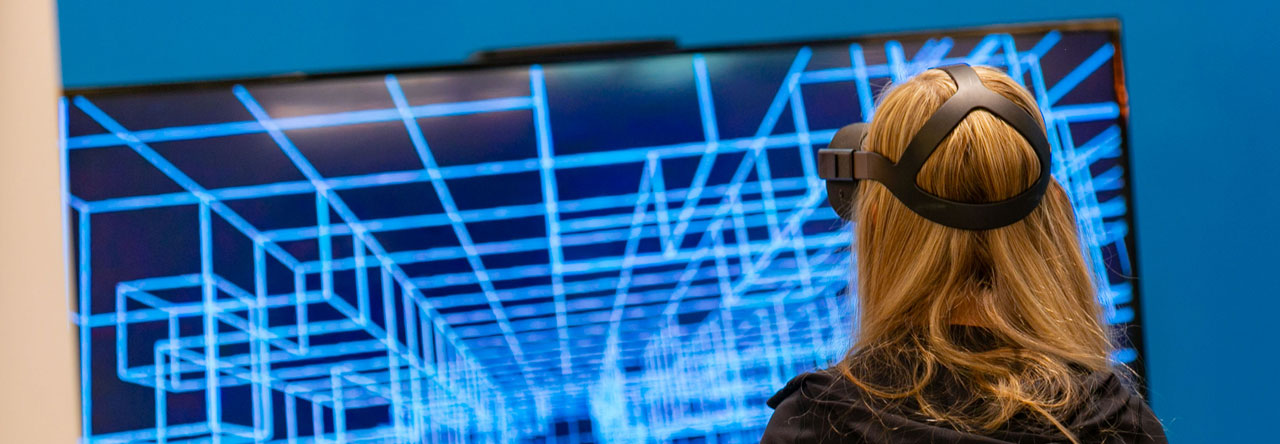This is the sixth and final 2019 post written by students at the North Carolina School of Science and Math as part of an elective about science communication with Dean Amy Sheck.
Dr. Patrick Codd is the Director of the Duke Brain Tool Laboratory and an Assistant Professor of Neurosurgery at Duke. Working as a neurosurgeon and helping with the research and development of various neurosurgical devices is “a delicate balance,” he said.

Codd currently runs a minimally invasive neurosurgery group. However, at Massachusetts General Hospital, he used to run the trauma section. When asked about which role was more stressful, he stated “they were both pretty stressful” but for different reasons. At Mass General, he was on call for most hours of the day and had to pull long shifts in the operating room. At Duke, he has to juggle surgery, teaching, and research and the development of new technology.
“I didn’t know I was going to be a neurosurgeon until I was in college,” Codd said. Despite all of the interesting specialties he learned about in medical school, he said “it was always neurosurgery that brought me back.”
Currently, he is exclusively conducting cranial surgery.

Though Dr. Codd has earned many leadership positions in his career, he said he was never focused on advancement. He simply enjoys working on topics which he loves, such as improving minimally invasive surgical techniques. But being in leadership lets him unite other people who are interested in working towards a common goal in research and development. He has been able to skillfully bring people together from various specialties and help guide them. However, it is difficult to meet everyone’s needs all of the time. What is important for him is to be a leader when he needs to be.
Dr. Codd said there are typically five to eight research papers necessary in to lay the groundwork for every device that is developed. However, some technologies are based on the development of a single paper. He has worked on devices that make surgery more efficient and less minimally invasive and those that help the surgical team work together better. When developing technologies, he tries to keep the original purpose of the devices the same. However, many revisions are made to the initial design plans as requirements from the FDA and other institutions must be met. Ironically, Dr. Codd can’t use the devices he develops in his own operating room because it would be a conflict of interest. Typically other neurosurgeons from across the country will use them instead.
Post by Andrew Bahhouth, NCSSM 2020
